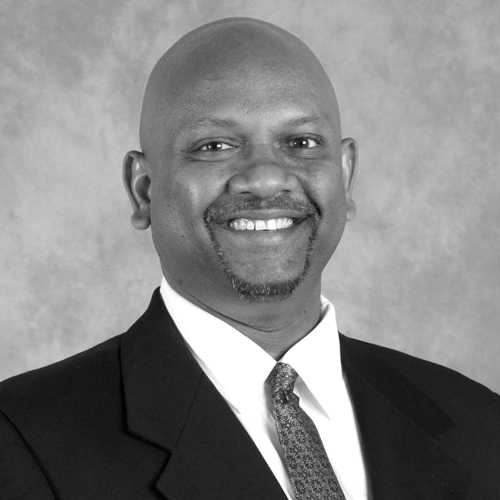
Mony Weschler, senior director of application strategy at Montefiore Health System, has seen technology take off in the 25 years he’s been working in healthcare IT. The potential is enormous, but so are the pitfalls, as health-tech start-ups race to put new medical prototypes on the market. “There’s a lot of focus on start-ups and venture capitalists looking to fund the next big health solution,” Weschler says. “My job is to assess those various technologies and to find the right solutions to help the way we treat our patients.”
He has effectively piloted health-tech start-ups, such as Alvio, Cureatr, and Sense Health, to improve patient care through the use of mobile technology at Montefiore, but one of the largest challenges he’s seeing is in improving patient and caregiver communication. “A big problem with patient communication is that it’s very demanding and difficult to chase people down with phones,” Weschler says, noting that automated call machines often go ignored. Patient adherence to medication dosing, appointment times, and self-care was suffering once the people were out of the immediate supervision of caregivers. This is especially true for behavioral-health patients—who need the care of social workers, case managers, and doctors to maintain wellness and can easily fall off track in their medical care—so that group was the focus of Montefiore’s communication trial.
To address this issue, Weschler and his team needed to create new lines of communication through mobile technology. The Montefiore team has had success in changing the way patients communicate with their care managers through a partnership with Sense Health, which uses SMS technology to keep patients in a close relationship with their caregivers, even when they are out of the doctor’s office or hospital. “Text reaches everyone,” Weschler says, adding that the younger generation prefers texting to any other form of communication, and almost everyone uses the technology. “We can text patients and dialogue on a day-to-day basis.”
The messages from caregivers can range from supportive measures—such as “I hope your having good day”—to appointment reminders and medication adherence. Each type of messaging is aimed at creating a closer relationship between caregivers and their patients to improve patient outcomes.
The Sense Health system isn’t just an automated HIPAA-compliant texting platform—it also provides an interactive work flow for the caregiver. “When you enroll a patient into the system, there is a specific checklist for that individual’s disease state,” Weschler says. “The technology has enough sense that it goes in and picks our appropriate messaging for a heart patient versus a behavioral-health patient.” The system automatically creates a month’s worth of communication that a care manager signs off on after a detailed review. The patient can send texts back, and it will go into a dashboard that the care manager can review and respond to. “It communicates in a much closer fashion than a person or a caller could do,” Weschler says.
The messages from caregivers can range from supportive measures—such as “I hope your having good day”—to appointment reminders and medication adherence. Each type of messaging is aimed at creating a closer relationship between caregivers and their patients to improve patient outcomes.
The care provider’s dashboard is designed for readability with all the messages on one screen so that a busy provider can see patient responses in one glance. It allows providers to prioritize which messages to focus on first. “Everyone can set up their own criteria on how to manage their queue,” Weschler says. “It helps organize the work flow as well as alert the care provider if a patient needs immediate attention based on the messaging.”
The study has been two years in the making and is showing impressive results. Patients are gaining more confidence in their health management, and Montefiore is moving forward with rolling out the solution throughout other parts of the health system.
In a pilot study with Sense Health, Montefiore saw a 40 percent increase in appointment adherence and a 12 percent increase in medication adherence among high-need patients. Combined with its care management support, these high utilizers were also 21 percent more motivated, 26 percent more confident, and 22 percent more knowledgeable about the lifestyle changes recommended for their health.
Other start-ups are popping up, too, offering similar patient engagement solutions after seeing Sense Health’s results. “It’s a game changer and has great potential,” says Weschler, after taking stock of the program’s outcomes on patient adherence and relationships with caregivers. “This technology can really impact the way we, and also other institutions, will communicate with patients going forward in an intelligent fashion.” To transform patient communication beyond the scope of Montefiore’s patients is perhaps the most poignant sign of success. Imitation, after all, is the most sincere form of flattery.

